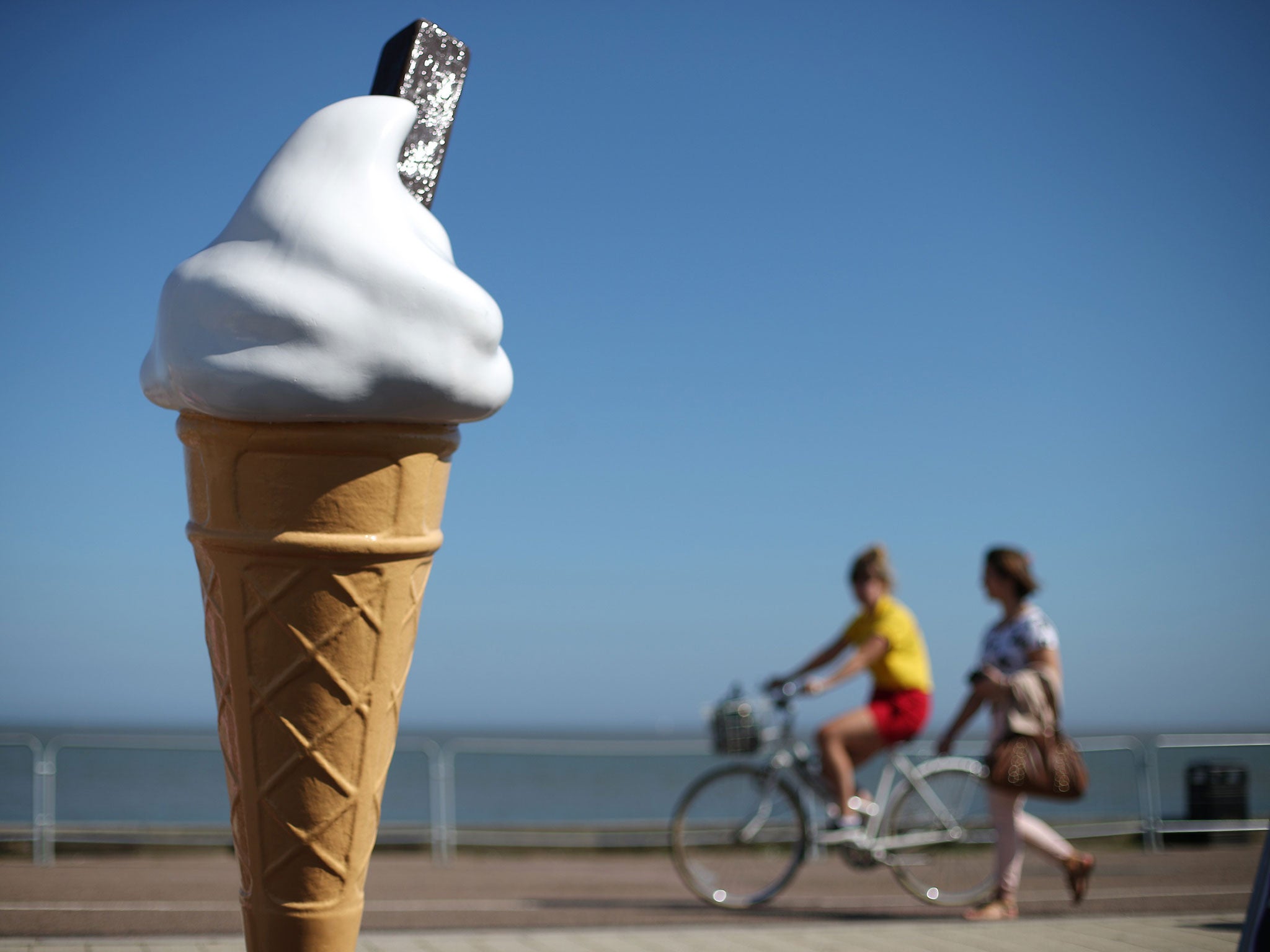Global vanilla shortage may cause ice cream prices to soar this summer
Vanilla is the second most expensive spice in the world after saffron

The beloved ’99 cone may not taste so sweet this summer as the soaring price of vanilla threatens to push up the price of ice cream.
Production problems in Madagascar, the world’s largest vanilla producer, have caused prices to surge 120 per cent year on year, meaning vanilla beans priced at around £14 a kilogram five years ago are now in excess of £155 a kilogram.
According to data firm Mintec, poor flowering towards the end of 2014 has affected last year’s vanilla production causing it to decline.
“Vanilla prices have been increasing since 2012 and with low production forecasts in 2015, farmers harvested some of their crop permanently which reduced quality,” said Mintec.
“The situation has been exacerbated by importers who stocked up early in anticipation of price hikes, further reducing supplies in the market.”
Vanilla is the second most expensive spice in the world after saffron due to its expensive and labour-intensive cultivation.
Vanilla vines, part of the Orchid family, are only sustainable within a 20-degree ban around the equator and must go through a three-year maturation period before they are able to bear fruit.
Each orchid must be hand-pollinated within 12 hours of opening and once picked must be dried – a process lasting three to six months.
“This impacts all of us,” said the global vanilla suppliers, Cook’s Flavouring Company. “A medium-sized flavour house will spend $5 million more per year on vanilla.
“That means an ice cream company using 200 gallons of vanilla each month will see their price for pure vanilla extract more than quadruple—and that’s just factoring in vanilla at cost.”
The spice, grown mainly in Madagascar, with other large crops in Mexico and Tahiti, has also declined in quality.
Early anticipation of price hikes has led local growers to harvest their vanilla crop too early, leading to a less intense flavour. The high-value crop is also a target for thieves.
“Premature harvesting is the first factor to have a direct impact on the quality of vanilla arriving on the market,” say French-based vanilla suppliers, Eurovanille.
This combination of high prices and declining quality may lead food and beverage manufacturers to seek out alternatives to natural vanilla flavours, Food Business News reports.
But despite these set-backs, vanilla suppliers have predicted the situation will be temporary.
“Although this is a time of fluctuation in the vanilla market, it is expected the current situation will be short-lived,” Craig Nielsen, chief executive of US-based Nielsen-MasseyVanillas told Food Business News.
“The flowering for [the 2016 crop] was good, and prices may start to drop in the fourth quarter of 2016.”
Subscribe to Independent Premium to bookmark this article
Want to bookmark your favourite articles and stories to read or reference later? Start your Independent Premium subscription today.

Join our commenting forum
Join thought-provoking conversations, follow other Independent readers and see their replies